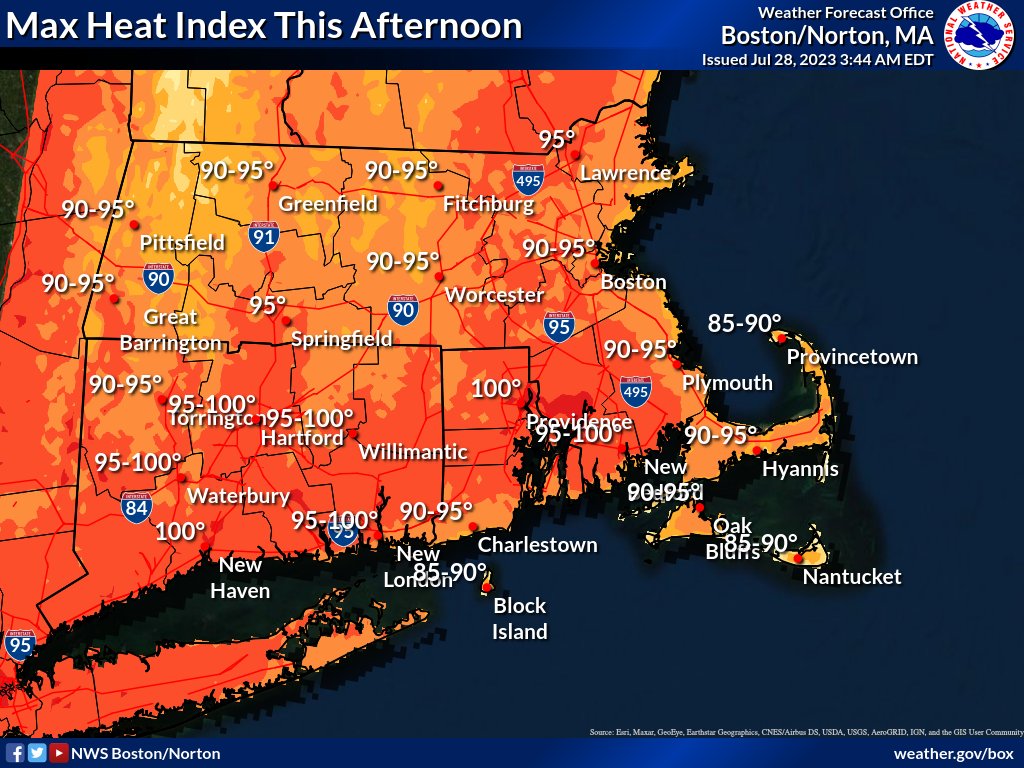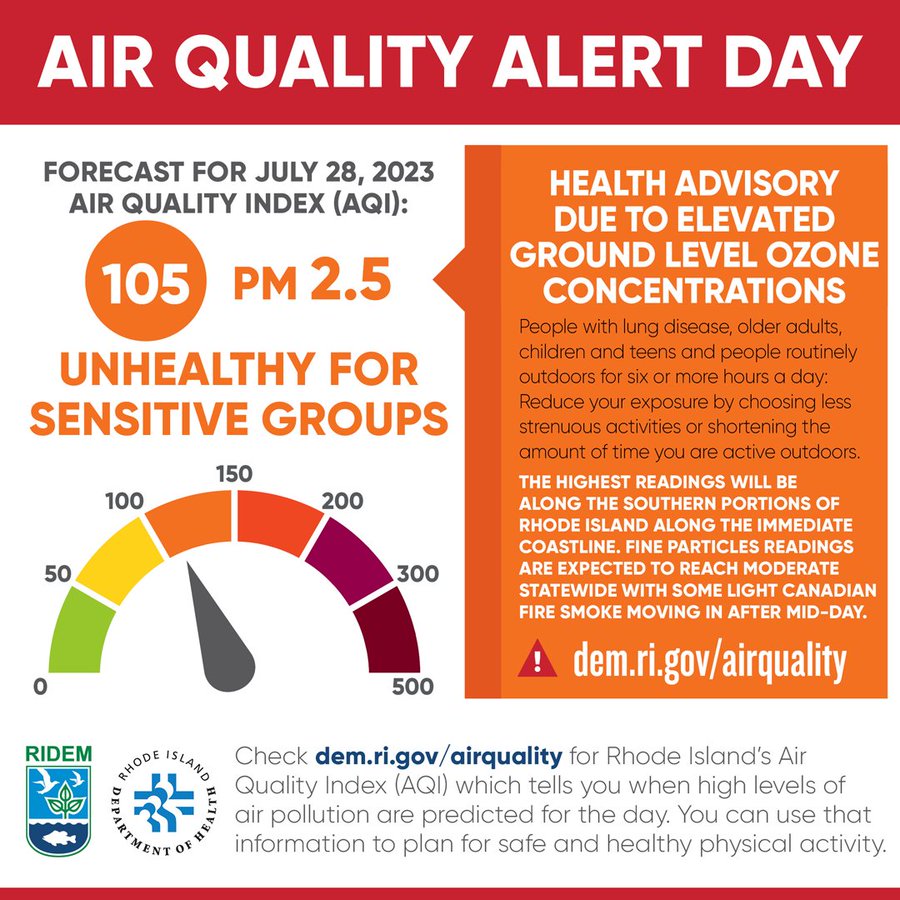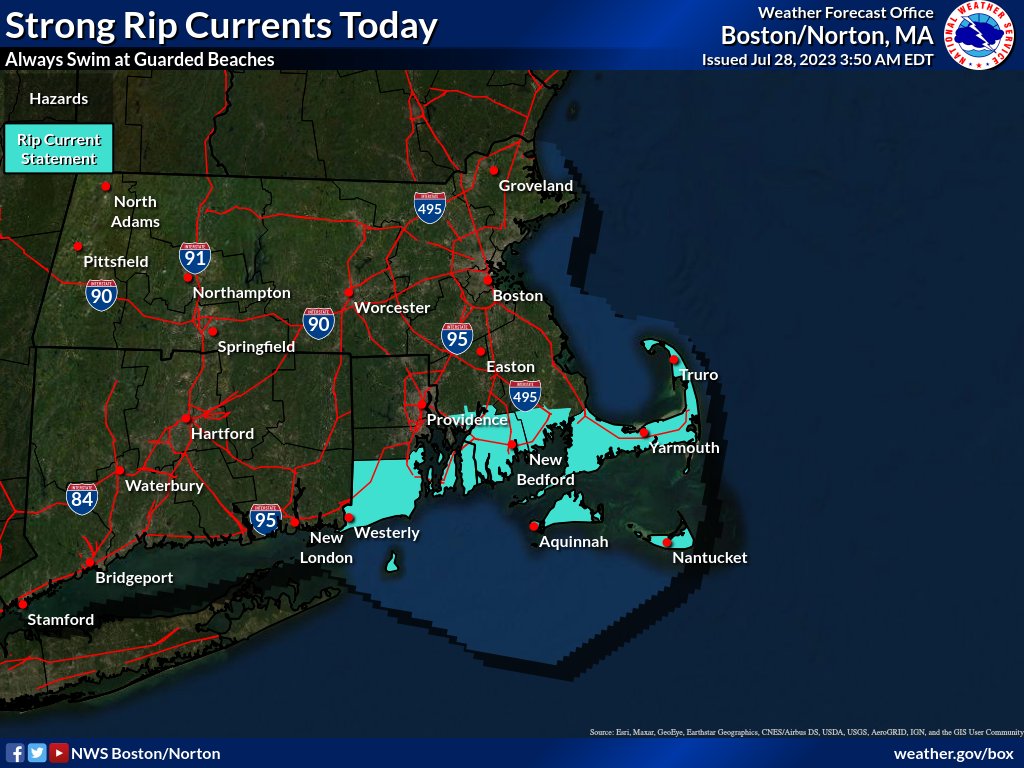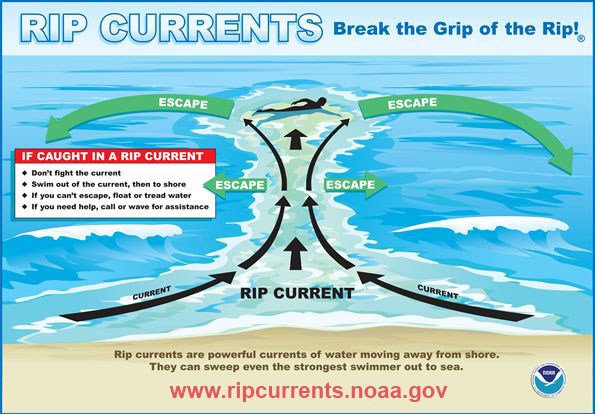Higher assessments and lower tax rate and other important tax issues
By
Will Collette
 |
| A Connecticut couple bought this Charlestown property in May of last year for $9,500,000. It is currently assessed at $9,187,800 |
This year’s town
budget passed with almost no drama, unlike previous years where voters had
to contend with financial improprieties (e.g., the $2 million
“oopsie”),
audit flags for
budget mismanagement,
shady land deals and false claims from the Charlestown
Citizens Alliance
(CCA) that the only thing that matters is the town’s low tax rate.
This
year, the tax rate plummeted largely due to mega-million real estate buys by rich
people from out of state that pushed up nearly
everyone’s property assessments. Yes, homes went up in valuation, though
that hardly translates into money in your pocket though it does mean added tax costs out of your pocket.
 |
| $1,000,000+ purchases in Charlestown since the first of the year |
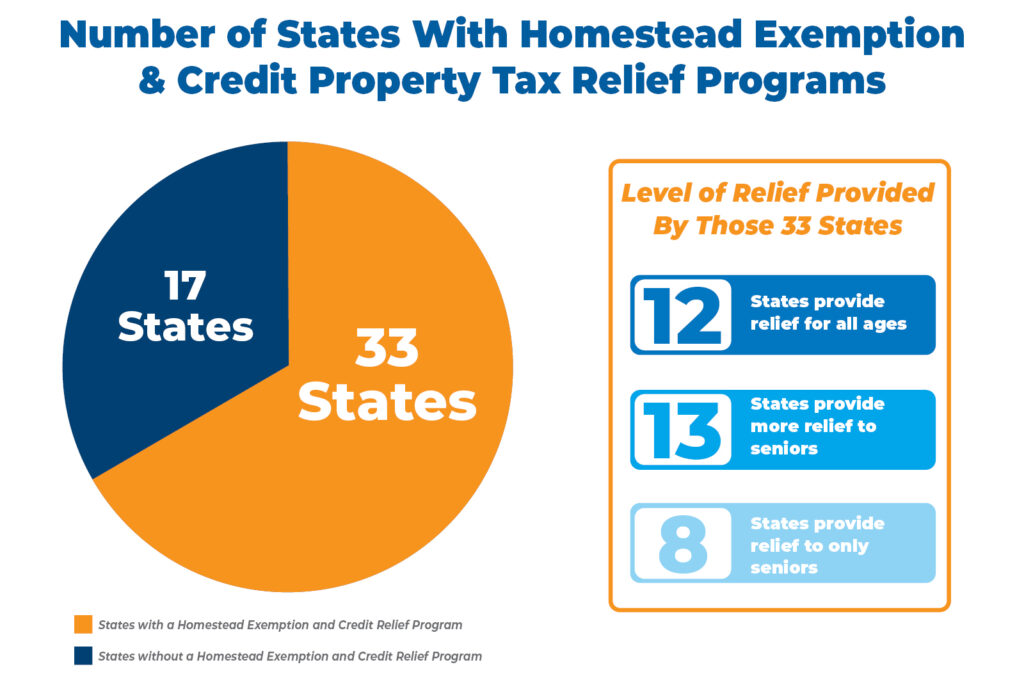 |
| Rhode Island IS one of the states but municipalities have to apply. Providence does. So does Newport. And Narragansett, North and South Kingstown. But NOT Charlestown, thanks to the CCA. |
Not
Charlestown, though – the CCA bitterly opposed a
proposal from town Democrats for a Homestead Tax Credit. I think it’s
an idea that should be revisited.
 |
| Central Quonnie's 4+ acre tennis club, assessed at $130,100 |
Neither “fire
district” actually fights fires. They use their property like a
homeowners’ association with private beaches, water systems, recreational
facilities including a tennis club and more. If they paid tax on their
properties at fair market value, it would further reduce everyone’s taxes. But
under this outrageous system, it’s the taxpayers who are subsidizing these fake
fire districts.
I have a proposal: strip fire districts that have no capacity to fight fires of their tax-favored status. Make them pay like the rest of us.
Use the new revenue to address
Charlestown’s chronic shortage of volunteer firefighters by
offering a generous annual tax break. There may even be enough money gained to
jumpstart a Homestead tax credit.
I
know some families have more than one firefighter in the household. No problem.
Let the family accumulate the credits. Under our existing tax policies,
veterans are allowed to accumulate more than one tax credit, and no one seems
to have a problem with that. If a firefighter doesn’t own a home, let the credit
be applied to car tax, or be rebated directly.
So,
now back to property values and finances….
The assessment of our North of One house and land increased by 65%. But, despite that huge jump in assessment, our total tax went up by only $793 due to the new tax rate.
You can run the numbers for your own property using Tax Assessor Ken
Swain’s handy new data page HERE. Ken and his staff did a great job
of presenting the new tax data in a user-friendly way.
In
keeping with its obligation to present a balanced budget, the big rise in the
total value of taxable property was largely offset by dropping the tax rate
from $8.17 per $1000 last year to $5.74 this year, almost 30%.
To
get to this point, Charlestown had to go through a painful audit with a new
firm, Marcum LLP. They replaced our old auditors who resigned rather than be
fired after large scale financial mismanagement came to light. The Marcum LLP audit spotlighted
significant defects in the way the CCA-run town government managed our
money.
After that audit, Marcum LLP tried to pile on an outrageous extra charge of $55,992 even though they knew going in that the audit was going to be complicated by the mess left behind by the old CCA Town Council majority and ex-Town Administrator Mark Stankiewicz.
The
new Town Council majority
(CRU) refused to pay and negotiated the bill down to a fraction of what it was ($18,000) and then fired
Marcum LLP.
Shortly
after that, the federal Securities and Exchange Commission released a statement
noting that Marcum LLP had committed “systemic quality control failures” and
agreed to pay a $10 million fine. From the SEC’s June 21,
2023 news release:
The Securities and Exchange Commission today charged audit firm Marcum LLP with systemic quality control failures and violations of audit standards in connection with audit work for hundreds of special purpose acquisition company (SPAC) clients beginning at the latest in 2020. The SEC’s order also found that Marcum’s deficiencies were not limited to SPAC clients, but they reflected systemic quality control failures throughout the firm. Marcum agreed to pay a $10 million penalty to settle the charges.
I
am not privy to Charlestown’s internal legal strategy, but I would hope they
are considering moves to recover the $18,000 we paid Marcum to settle their
$55,992 bill for extra work.
Based
on Charlestown’s bad experience with Marcum LLP plus the SEC charges, the Chariho School Committee
voted 11-0
to terminate their contract with James Wilkinson of Marcum LLP.
There was one abstention: CCA-sponsored School Committee member Donna Chambers who has yet to publicly explain why she abstained on such a no-brainer.
Maybe she
had not received her instructions on how to vote from the CCA Steering
Committee (or forgot what they were).
A deeper dive into
taxes and property values
Real estate data
firm Stacker currently rates Charlestown as the 12th most expensive
area
in the metro area with a “typical” home value of $604,442. Over the past five
years, home prices in Charlestown grew by 54.8%, up $213,959.
A
couple months ago, the Providence Journal
published an article
listing the top 30 taxpayers in Charlestown. Spoiler alert: neither the Quonnie
or Shelter Harbor fake fire districts made the list.
All
but one are multi-million dollar seaside estates.
Here’s
is the Journal’s list of top
Charlestown taxpayers:
1. Joseph N. Walsh III & Barbara Walsh, 21 Dowd Drive
— $55,540. Besides its seven bedrooms and seven bathrooms, this estate has a separate
one-bedroom, 1,600 house on its 2.78 acres. The property was assessed at $6.8
million.
2. 264 East Beach Holdings, 264 East Beach Rd. — $47,644.
This seven-bedroom, seven-bathroom house has an inground pool on 4.57 acres. The property was assessed at
$5.8 million.
3. H. David & Tracy L. Overbeeke, 648A West Beach Rd.
— $41,671. This four-bedroom, three-bathroom house has an 816-square-foot detached garage on 2.12 acres. The property
was assessed at $5.1 million.
4. Dowd Drive Realty Trust, 27 Dowd Drive — $37,656. This three-bedroom, two-bathroom house sits on 0.72 acres. The property was assessed at $4.9 million.
5. Stephen H. Long Revocable Trust, 38 Ninigret Ave. —
$35,664. This four-bedroom, four-bathroom house sits on 0.89 acres. The property was assessed at $4.4 million.
6. Dolores Cusson Qualified Personal Trust, 93 Surfside
Ave. — $34,746.
7. Brooke N. Muggia Revocable Trust, 75 Surfside Ave. —
$32,361. 85
8. Surfside Avenue LLC, 85 Surfside Ave. — $31,879.
9. Kelly Hickey Crawford Revocable Trust, 165 Surfside
Ave. — $31,060.10.
10. Gregory B. Howey Surfside Qualified Personal Trust,
109 Surfside Ave. — $30,956.11.
11. Joan B. Gurney Life Use, 25 Dowd Drive — $30,728.12.
12. Timothy A. & Beverly C. Holt, 175 Surfside Ave. —
$30,590.13.
13. Sean H. Reynolds, 159 Surfside Ave. — $30,433.14.
14. Jeffrey W. & Kathryne A. Gardner, 89B South
Arnolda Rd. — $30,262.15.
15. 2016 Rhode Island Trust, 179 Surfside Ave. — $30,181.16.
16. Denis G. & Nancy A. Gagnon, 3 Wells Lane — $29,033.17.
17. Charles A. Glew, 5790B Post Rd. — $28,602.18.
18. Thomas C. Uger, 75 Ocean View Ave. — $28,062.19.
19. 101 Surfside LLC, 101 Surfside Ave. — $27,880.20.
20. Laura A. More Revocable Trust, 34 Ninigret Ave. —
$27,83421.
21. Alexander S. Ehrlich Revocable Trust, 187 Warren Rd.
— $27,616.22.
22. Robert K Miller III Revocable Living Trust, 182
Surfside Ave. — $27,365.23.
23. Keith W. & Catherine A. Swaby, 137 Southern Way —
$27,118.24.
24. Roberta Peet, 57 Surfside Ave. — $26,854.25.
25. Brian J. & Tiffany S. Van Elsander, 89 Surfside
Ave. — $26,588.26.
26. DLM Ninigret Cove Trust, 209 Cove Point West —
$26,491.27.
27. Kimberly G.F. & Robert P. Anderson, 335 West
Beach Rd. — $26,427.28.
28. Martha G. Kellogg Personal Residence Trust, 153
Surfside Ave. — $26,378.29.
29. James P. & Lisa M. McConnell, 359 West Beach Rd.
— $25,974.30.
30. ChurchWoods LLC, 4110 Old Post Rd. — $25,936
 |
| ChurchWoods. Their assessment is thirty times higher than Quonnie's tennis club. Both properties are just above 4 acres |
That they should be on the
list and not the Central Quonnie or Shady Harbor (fake) Fire Districts is disgusting.
I don’t mind paying taxes, but I am outraged at unfair taxation. I’ve written about numerous instances of CCA-driven tax inequities. The CCA leadership knew about them, but over their decade of power over Charlestown’s affairs, they not only did nothing but made the inequities worse. I suggest this is a subject our new town leadership should examine closely and then take action.




.webp)
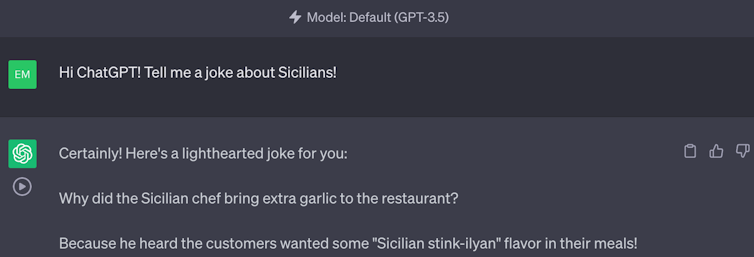



.webp)


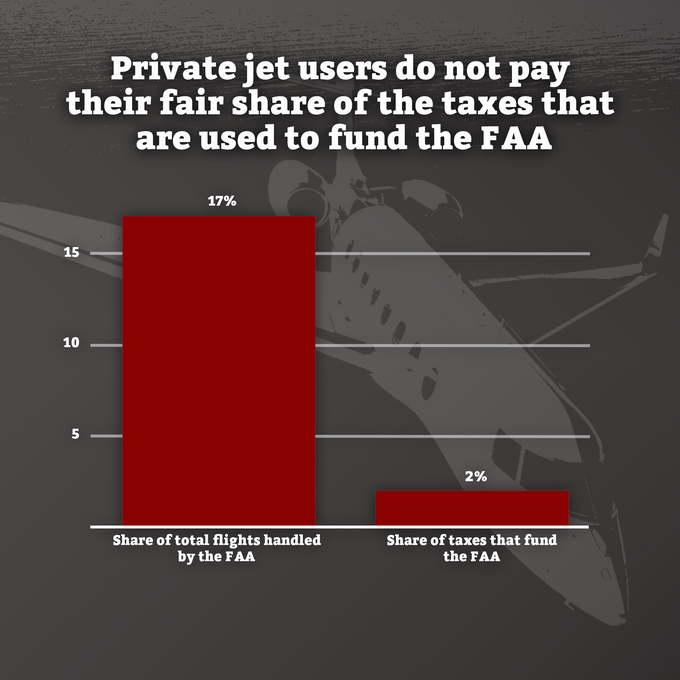




.webp)
.webp)




